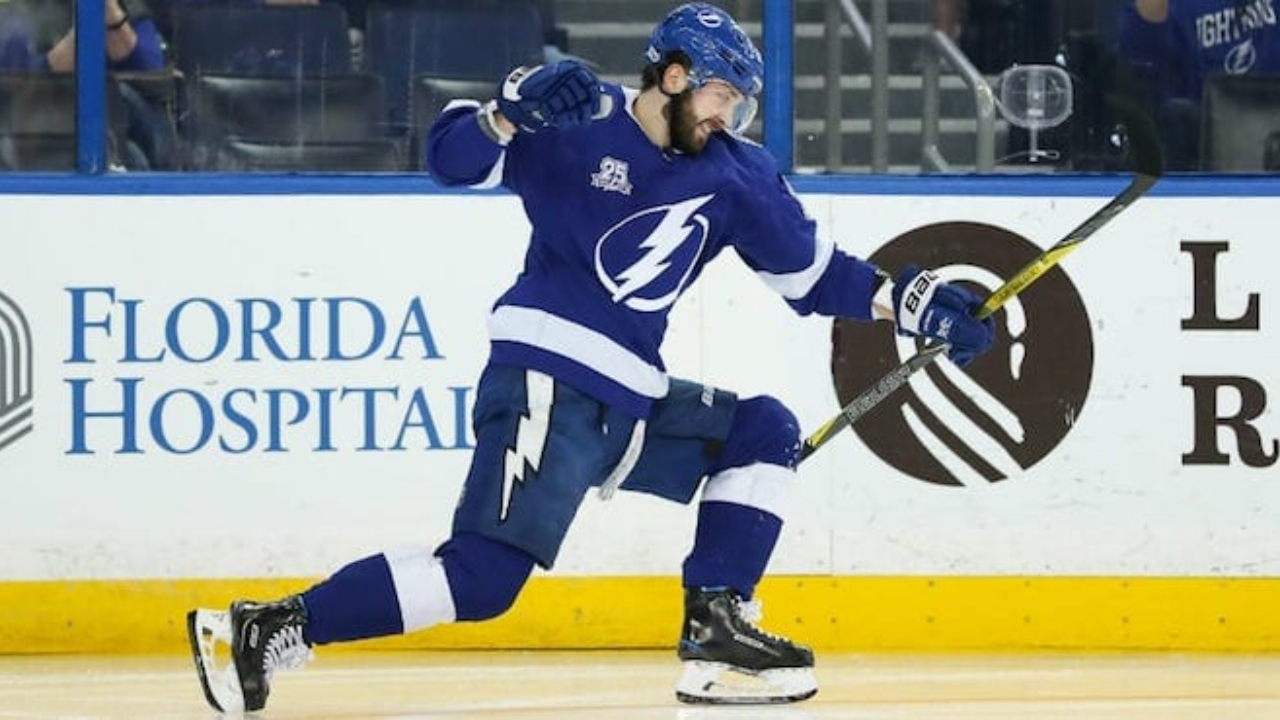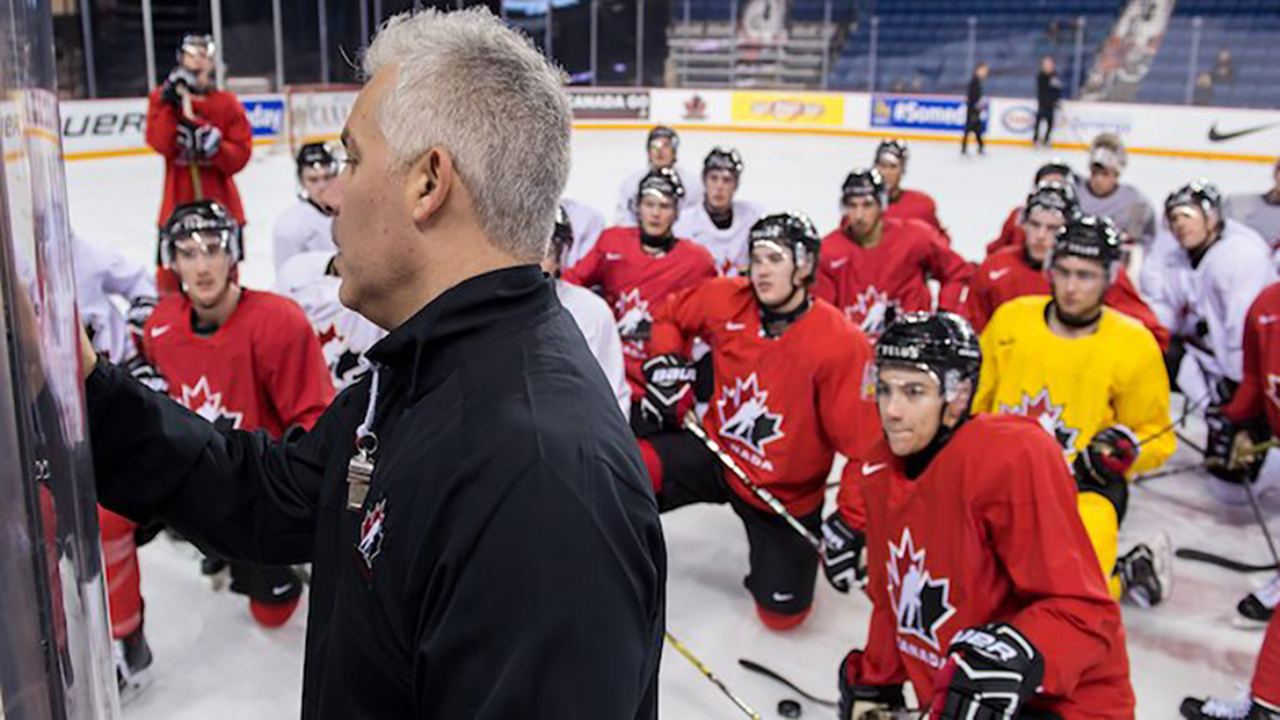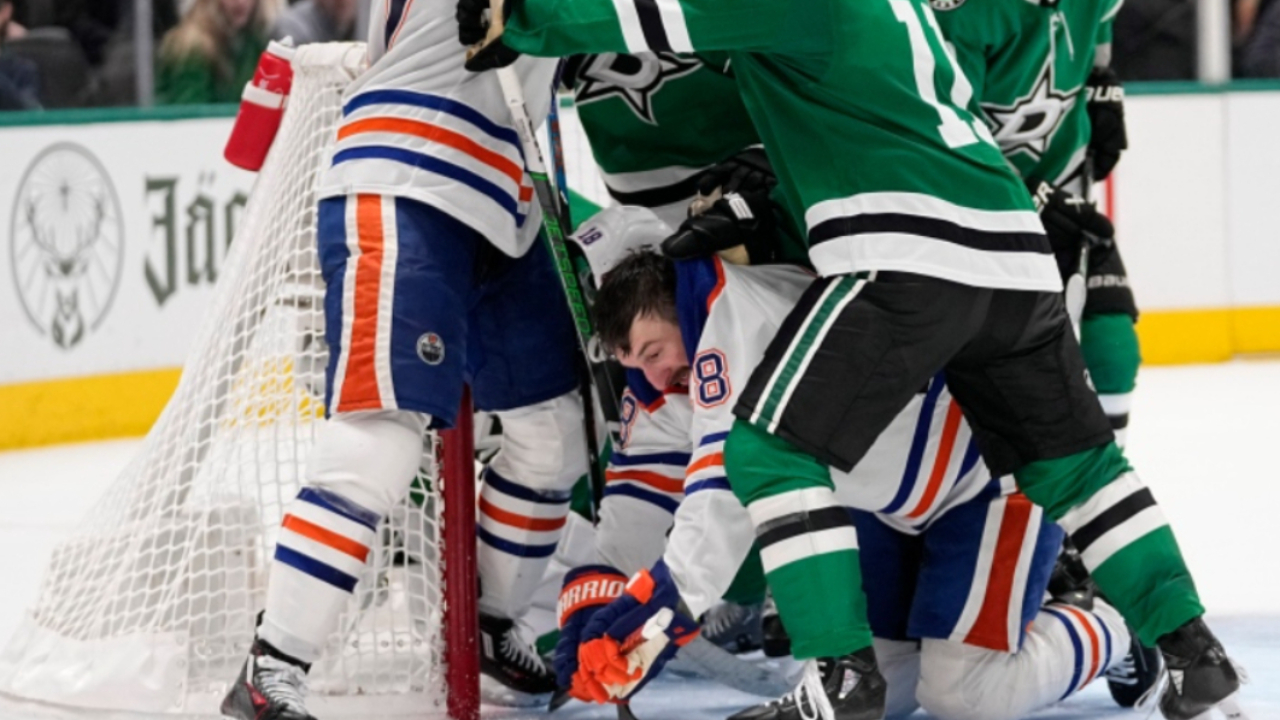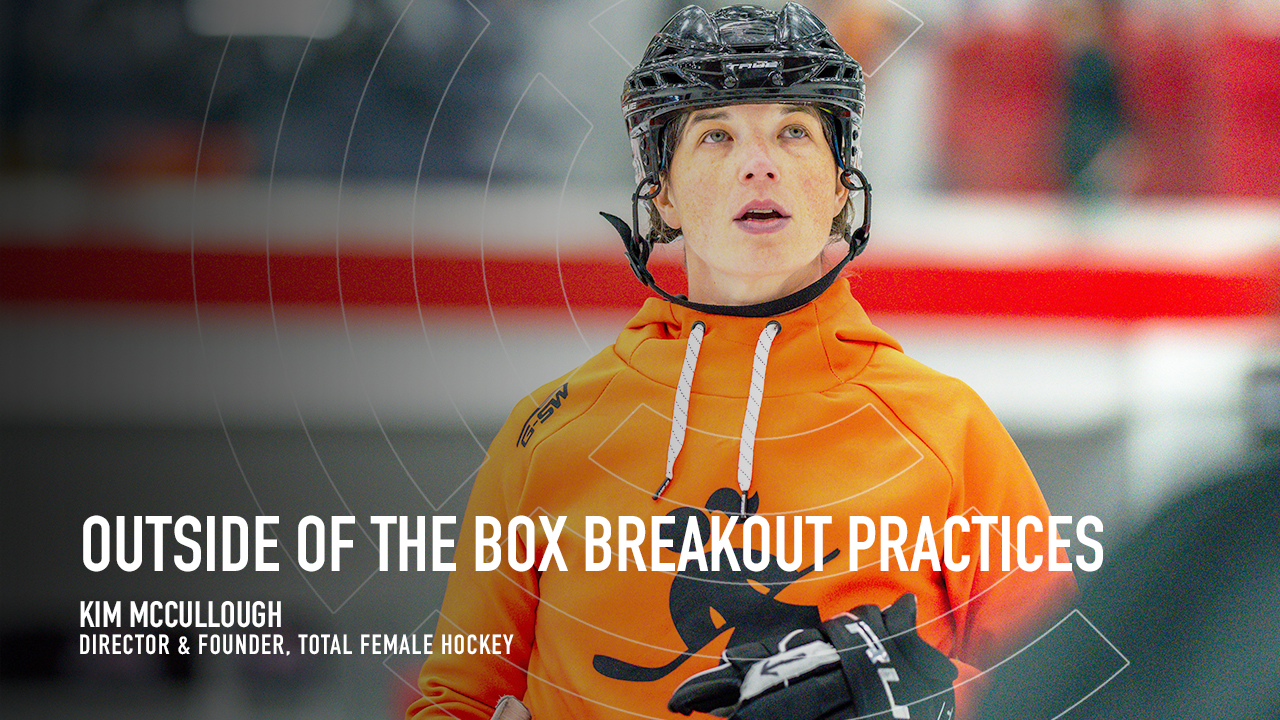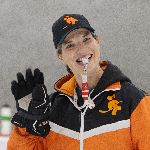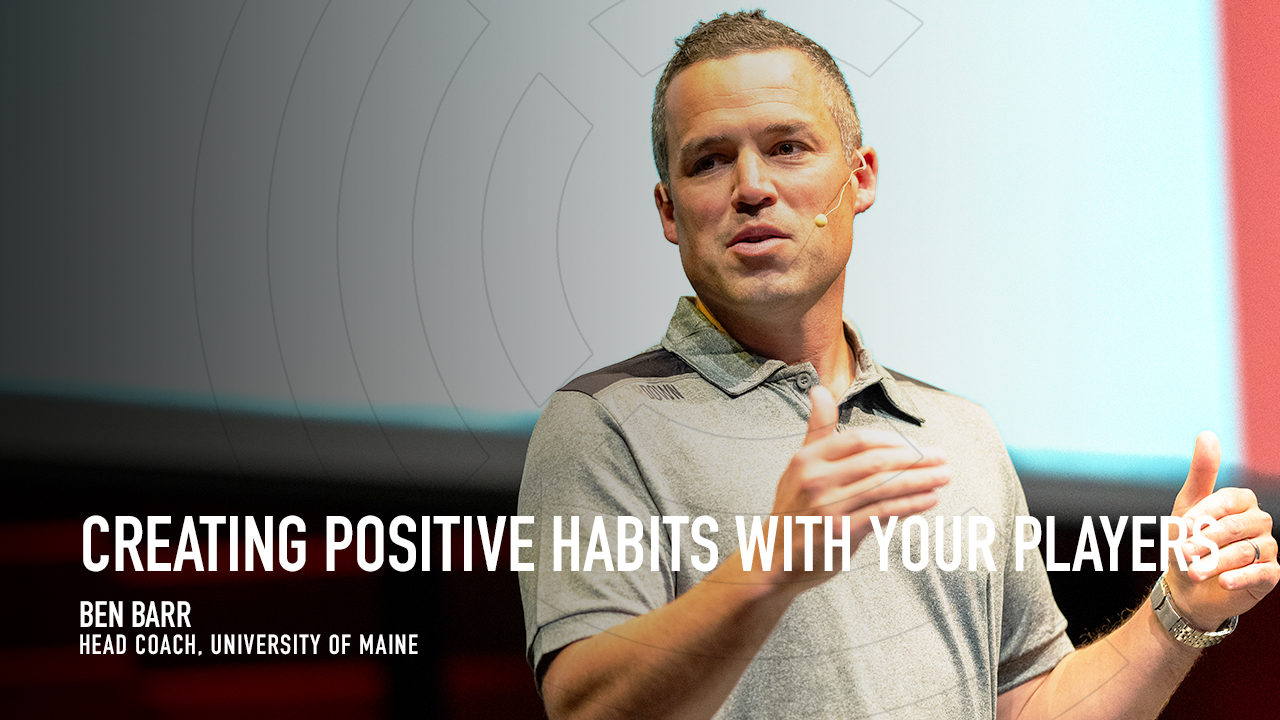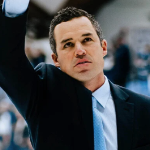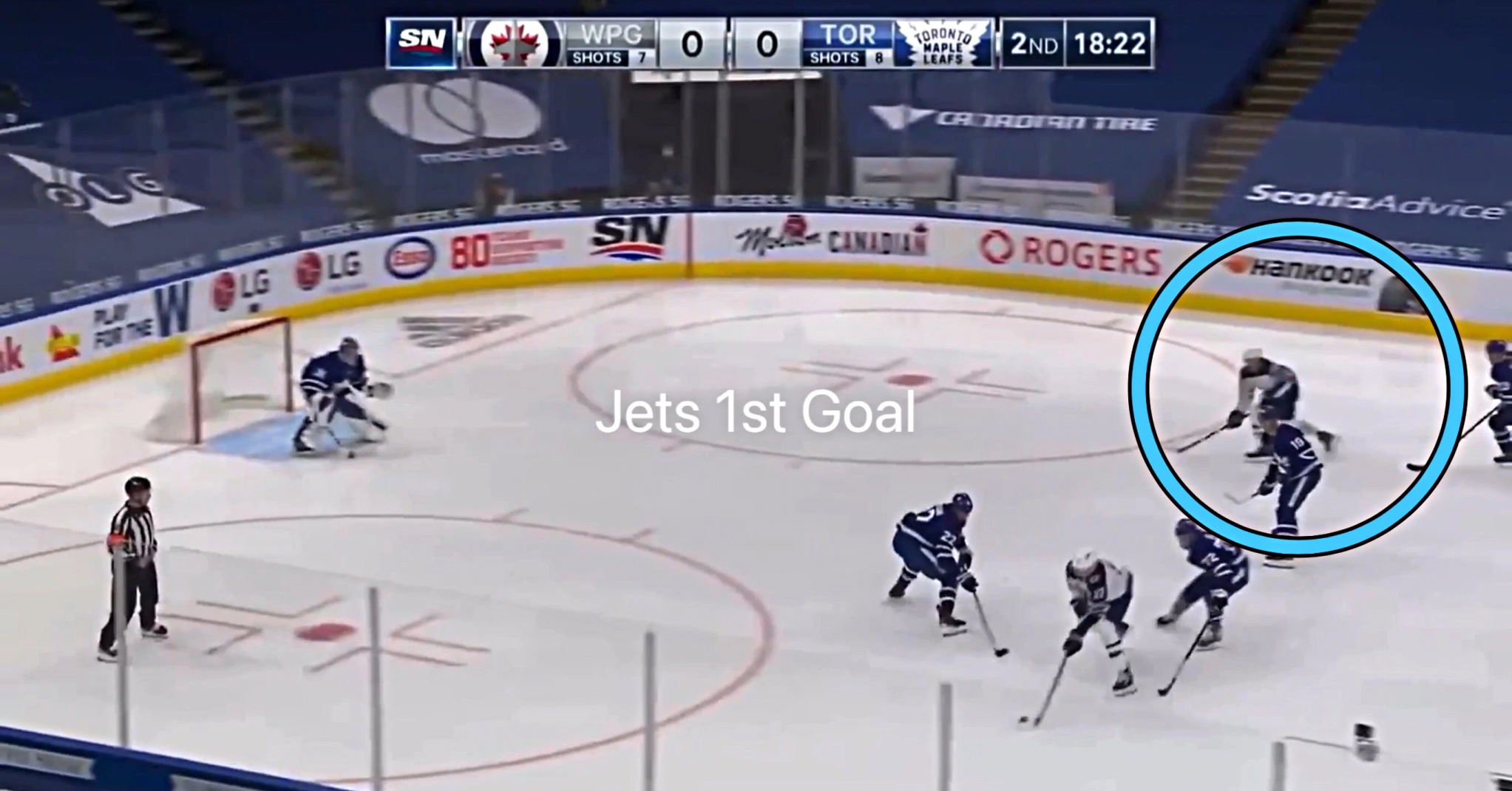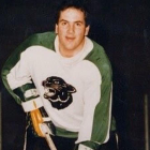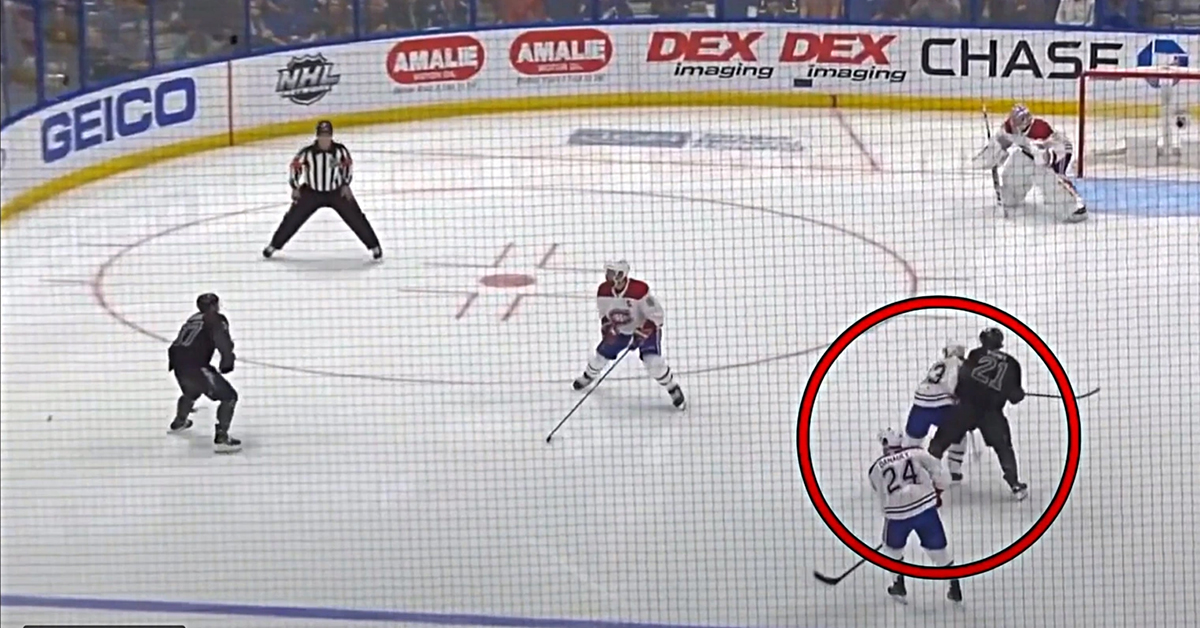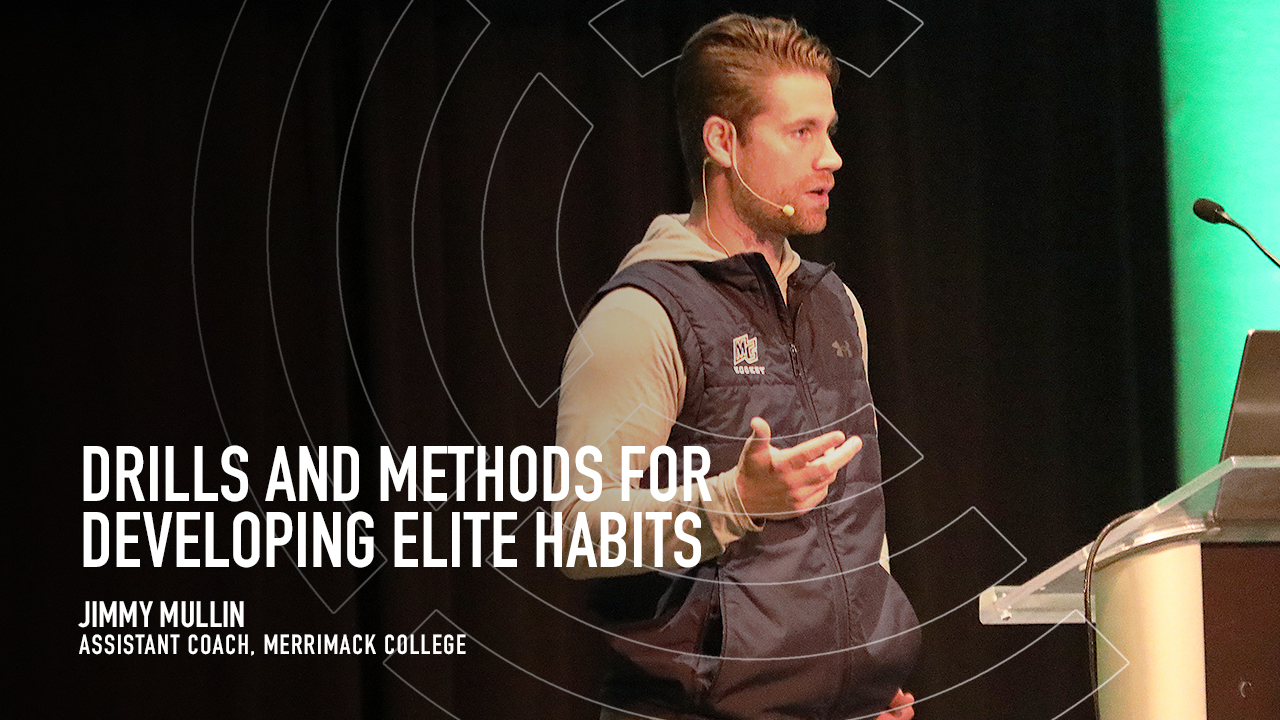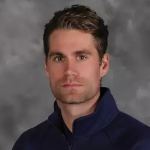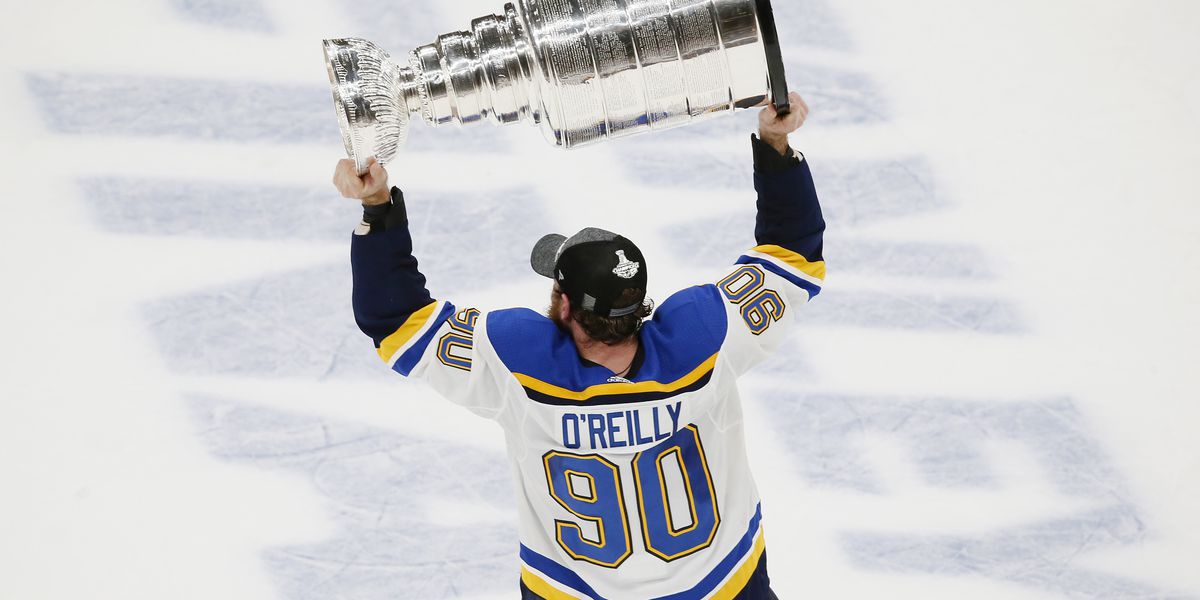
Minor hockey players everywhere have posters of famous national hockey league stars in their bedroom. Connor McDavid, Mario Lemieux, Cale Makar, Sergei Zubov - these are some of the most skilled hockey players the game has ever seen. The era doesn't matter - Zubov was one of hockey’s most talented defenceman with the Dallas Stars in the late 90’s. Go further back, remember a guy named Bobby Orr? Played for Boston I think.
No one could reproduce what Orr was doing in real time. Paul Coffey was the same type of player.
Now, Niklas Lidstrom? Lidstrom wasn't necessarily the fastest or flashiest D-man of his era.
But he had the best habits. No question about it. And he won Norris trophies and Stanley Cups because of it. Adam Fox is a skilled modern defenceman, but he also isn't the biggest or fastest player in the league. He's not even the most skilled player on his team.
But his habits set him apart and he has a Norris trophy to prove it.
Up front, forwards like Conn Smythe winners Ryan O’Reilly and Johnathan Marchessault have made incredible careers for themselves despite not having the flashiest of techniques. They're detailed, hard-working, and can reproduce effective shifts consistently.
Maybe the best habits of all were redefined by one of the best players to ever strap on the skates: Sidney Crosby. Crosby’s creativity is unmatched among his peers, but it's his work ethic and drive that will forever etch him in legend. One of the very best to ever do it without question.
No one will ever be Sidney Crosby. But they can try. They can watch him and learn.
They can be themselves. Trying to be Connor McDavid or Cale Makar is a little far-fetched and sets unattainable standards for players when the truth is that it’s probably the parents driving that bus.
Where is the next Jacob Slavin? The next Mattias Ekholm? Yanni Gourde? Patrice Bergeron?
NHL: The National Highlight League
Young hockey players have never been bombarded with professional hockey highlights at the rate they are today. That's actually not totally true - they're inundated with NHL clips, but most youngsters would be better served watching highlights of the American Hockey League, the ECHL, or college and junior hockey. Players in those leagues are undoubtedly skilled, but more often than not the players with the best habits make the jump to the next level.
Effective hockey players at every level share common habits that contribute to their success. These players consistently stop on pucks in all three zones rather than flying by. They keep their feet moving through their entire shift rather than gliding. They maintain a low, athletic stance with their knees bent and head up.
- They communicate.
- They have good changes.
- They scan.
- They fold to the middle between the dots to keep the rush to the outside.
- They listen.
In the defensive zone, good habits include shoulder checking before retrieving pucks, maintaining inside body position on opponents, and keeping the stick on the ice to eliminate passing lanes. Good players finish their checks and communicate with teammates about defensive coverage.
Through the neutral zone, players with good habits support the puck carrier by staying within passing lanes while maintaining their speed. They angle opponents to the outside and track with purpose rather than just following the play.
Offensively, players stop at the net front looking for rebounds rather than circling the zone. They shoot pucks quickly rather than looking for the perfect play. They make short, crisp passes rather than trying to force plays through traffic.
These fundamental habits - stopping and starting, maintaining proper positioning, communicating effectively, and making simple plays - are what separate consistently effective players from those who rely purely on skill.
This is the start of a new series of foundational habits any player can use and any coach can teach.
Let’s build the foundation.

